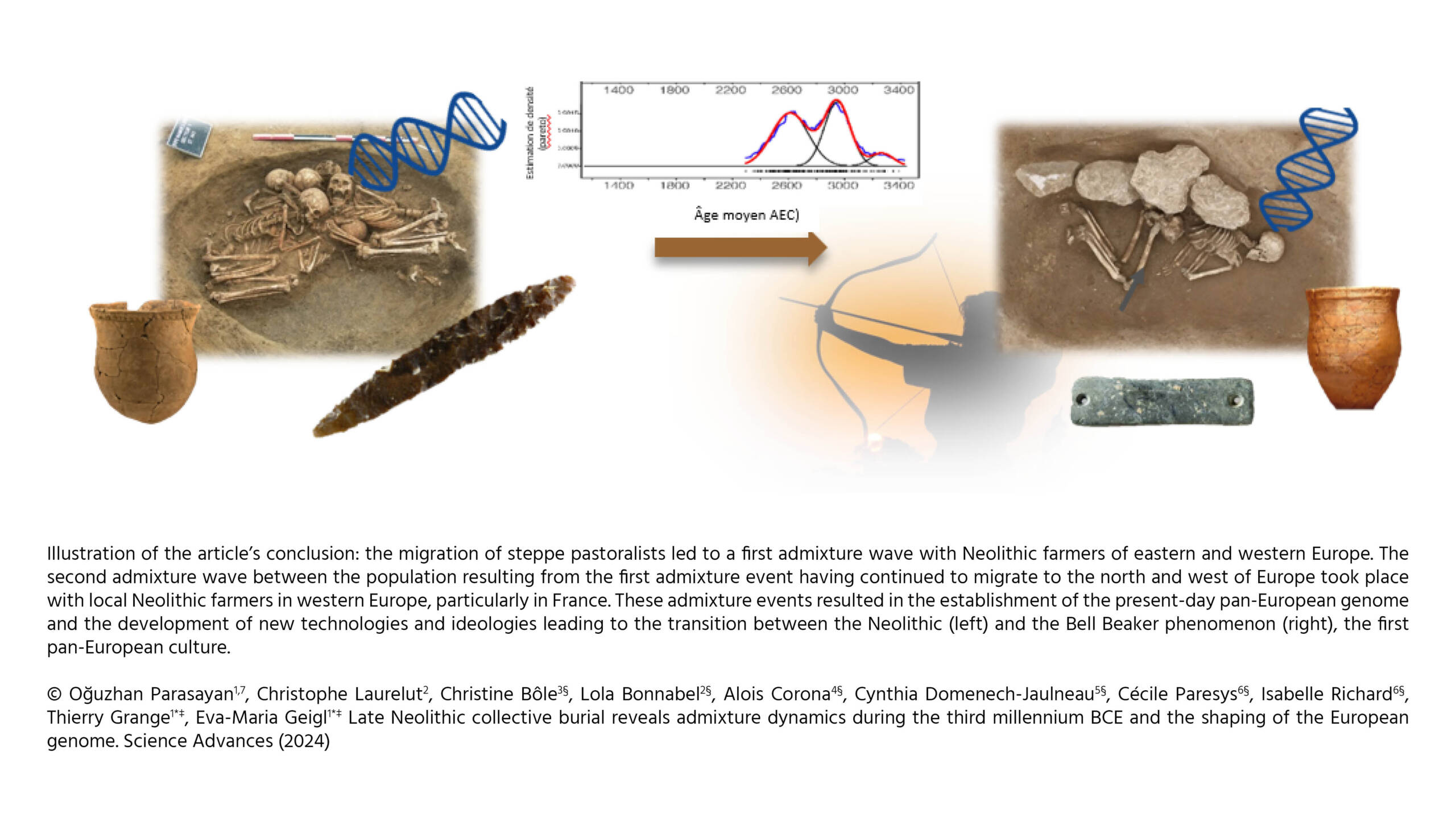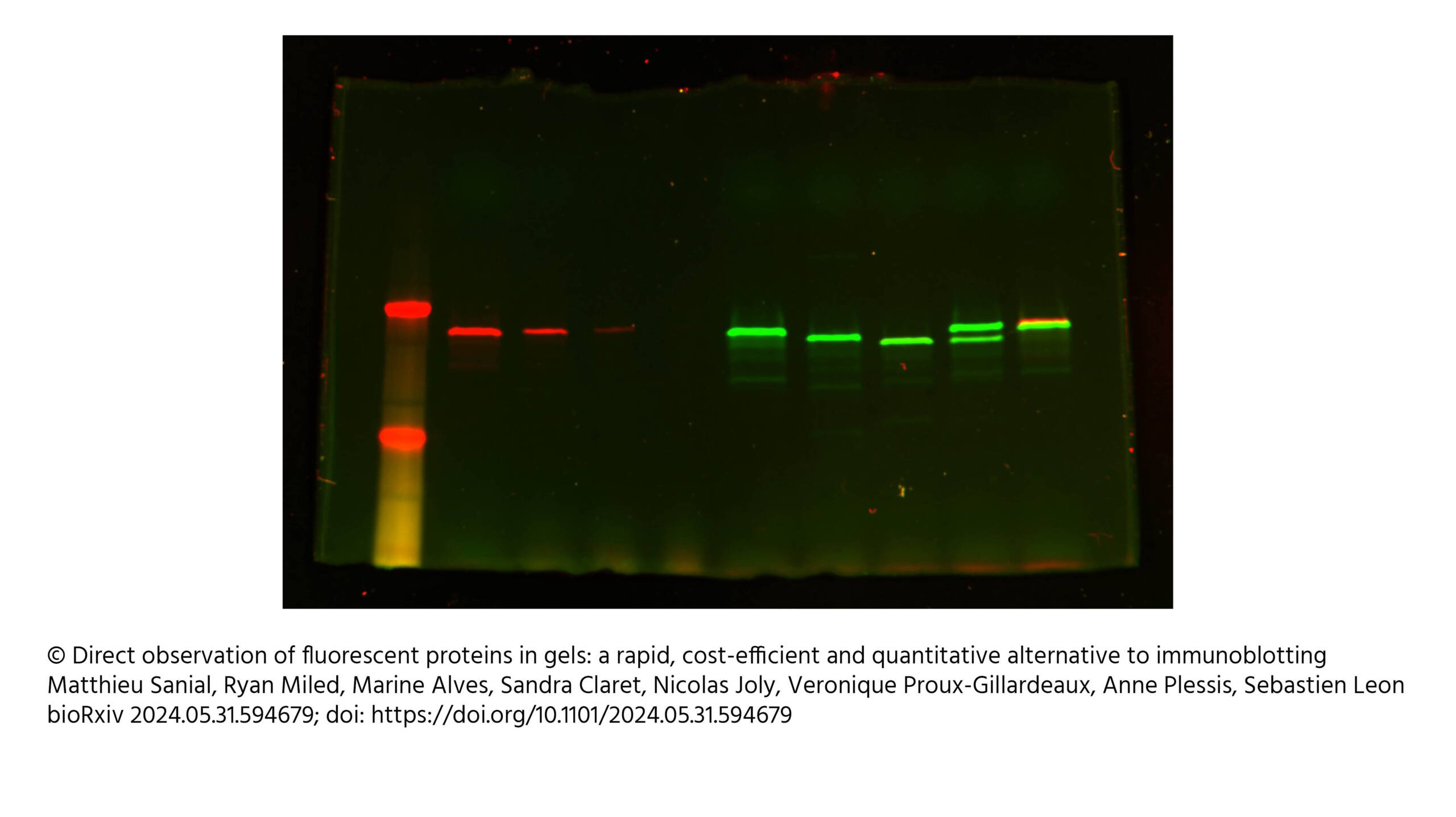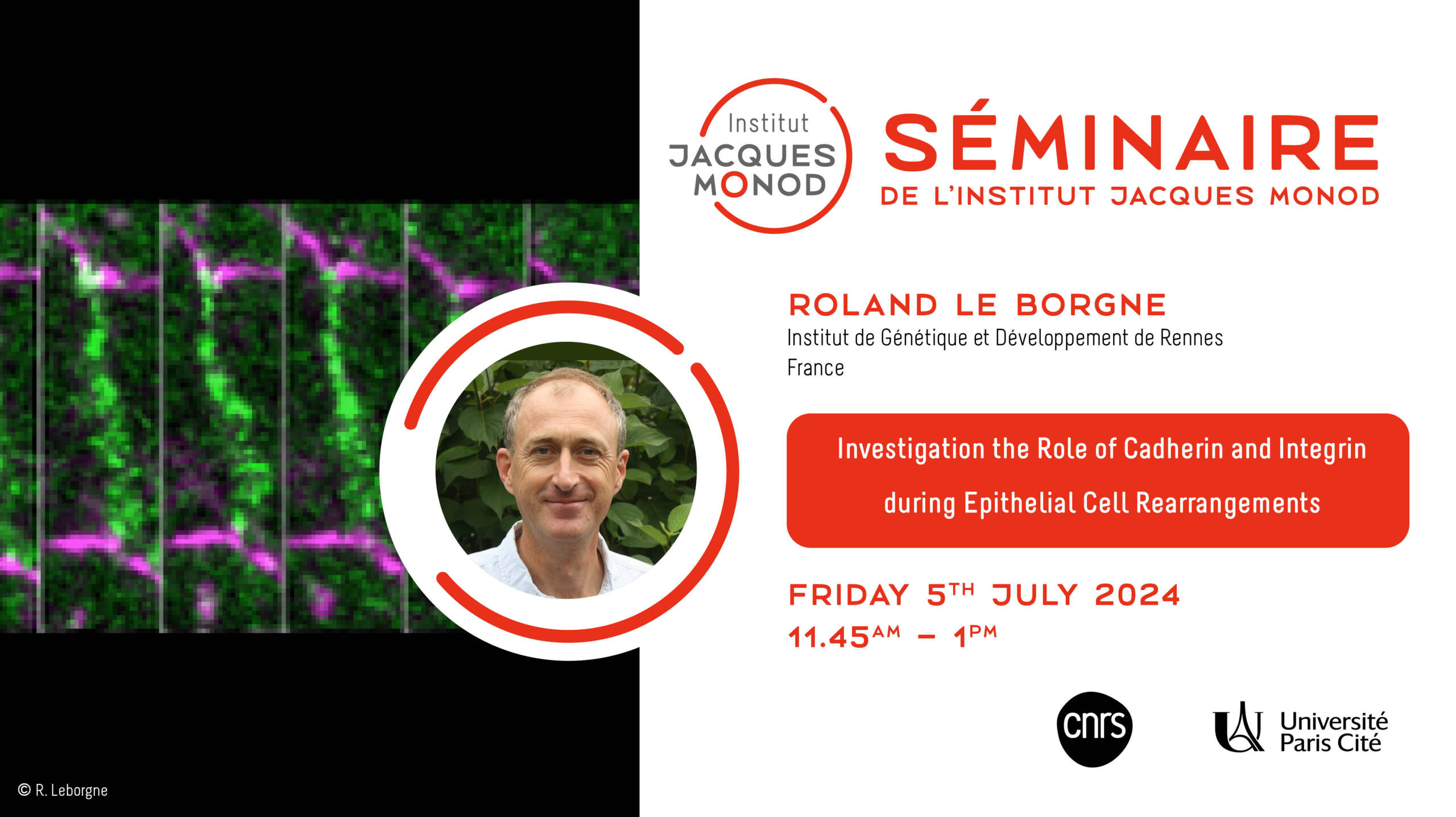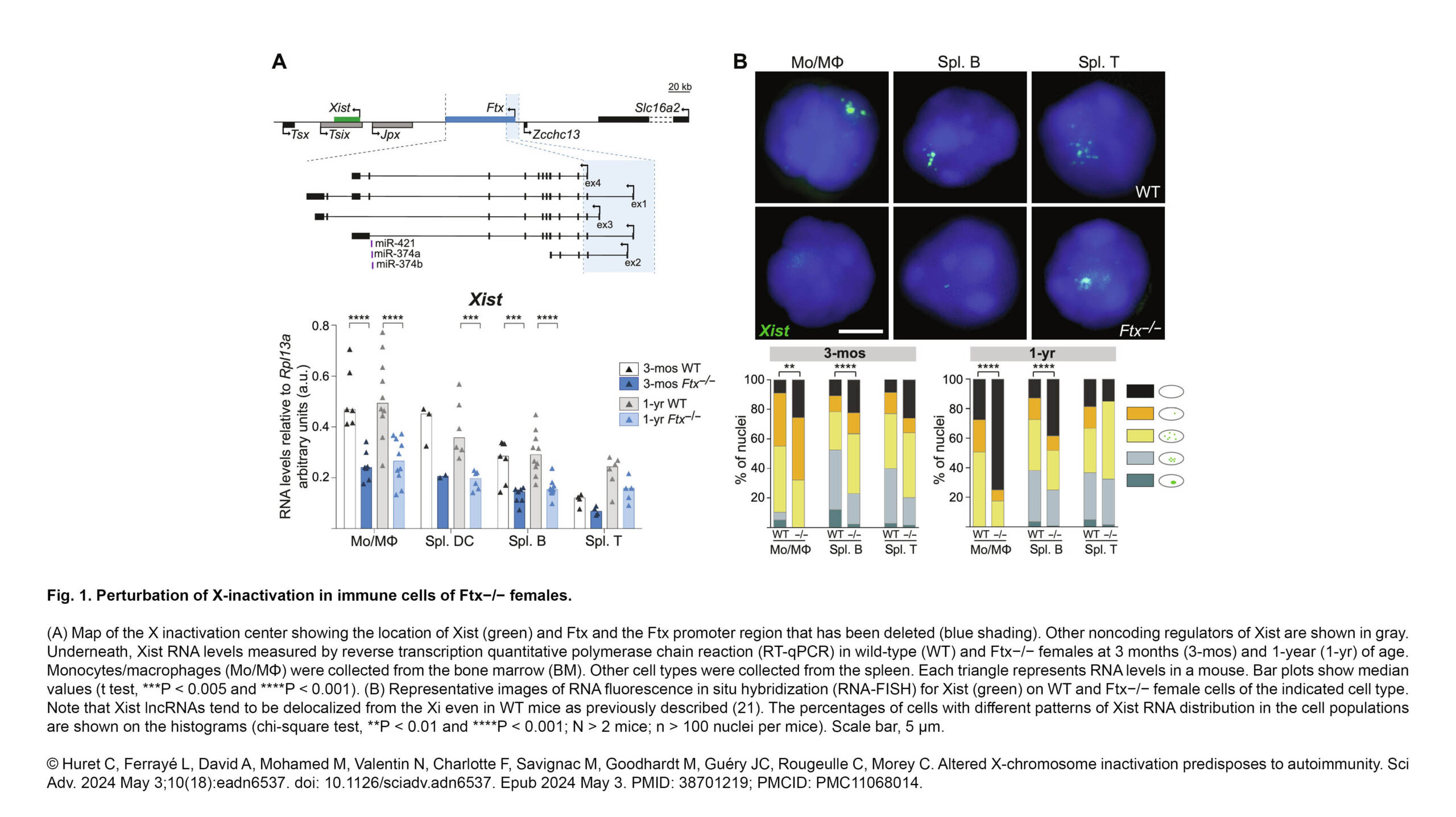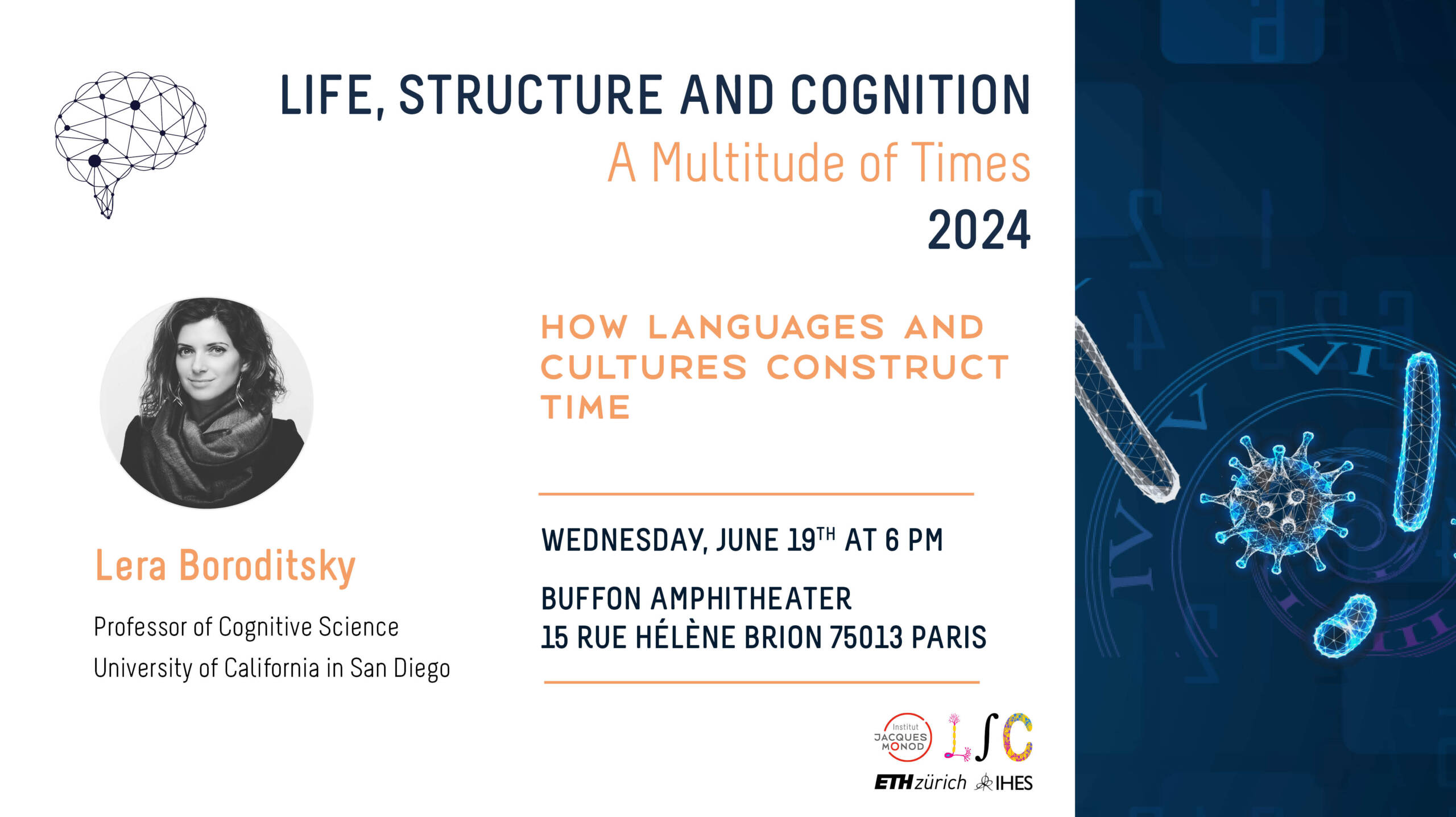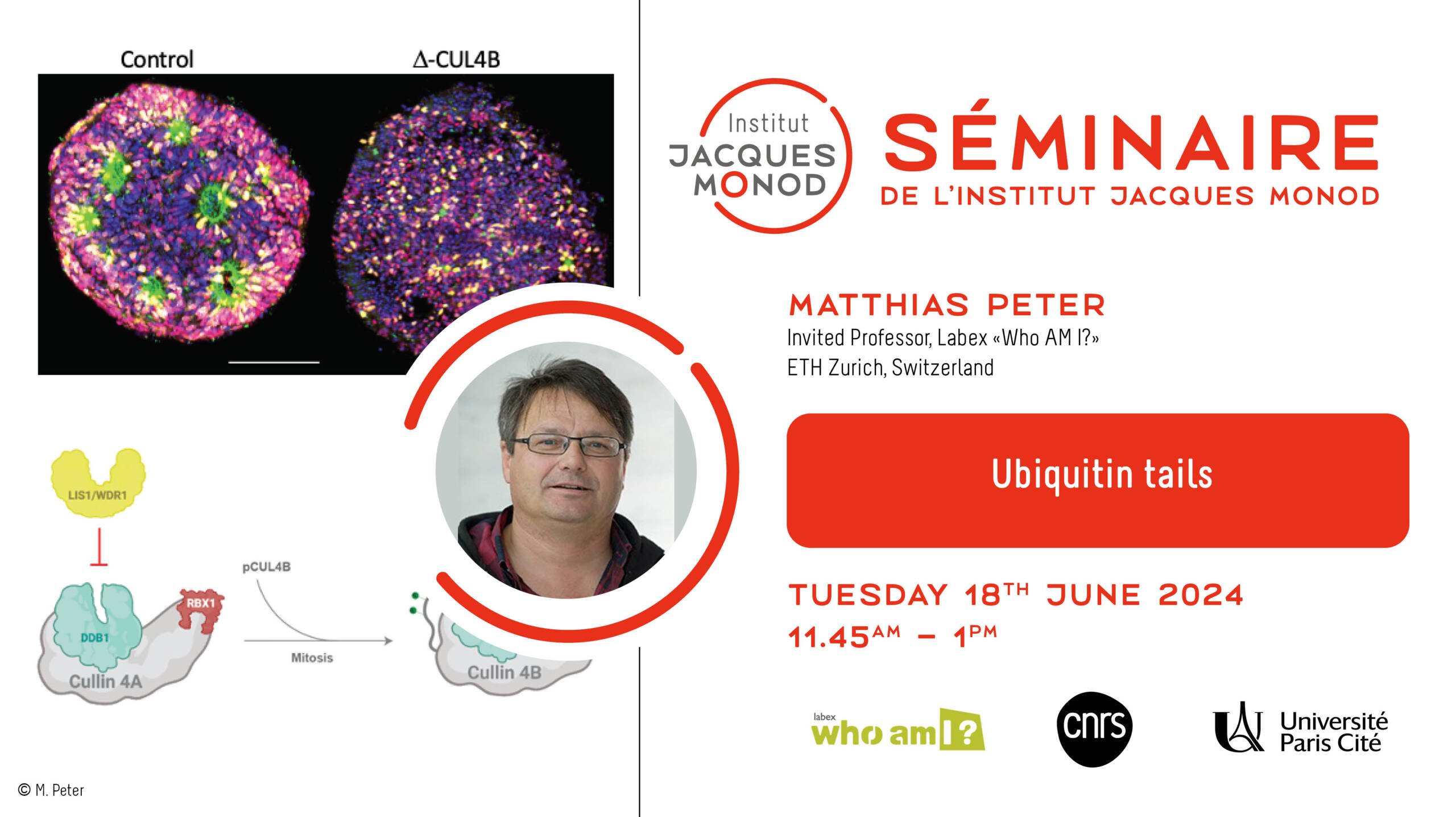The Grange/Geigl Lab published a new article in Science Advances:
Arrival of steppe-ancestry in the north of France observed in real-time explains the shaping of the European genome
The last major migratory wave that shaped the European genome was that of the populations from the steppes north of the Black Sea ~5,000 years. These steppe pastoralists…
